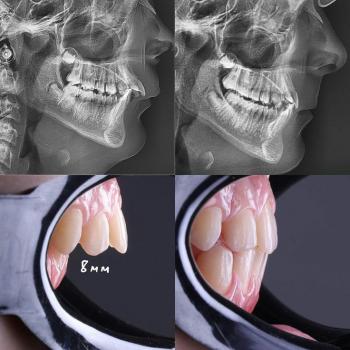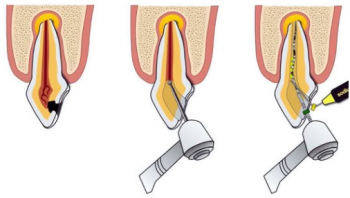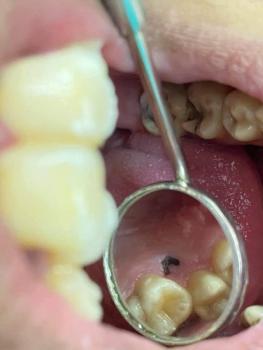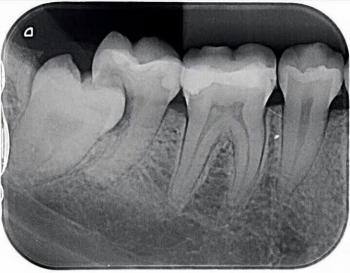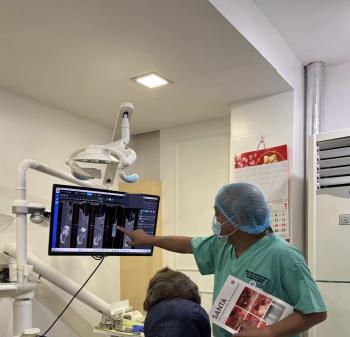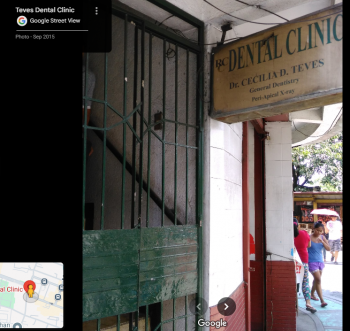Where Bright Smiles Begin.
Bone Loss Beneath the Surface: The Silent Domino Effect Destroying Your Smile
Language :

Topics:
We often judge our oral health by what we see in the mirror: white teeth, pink gums, no obvious cavities. But the true foundation of your smile lies hidden beneath the surface, in the jawbone that acts as an anchor for every single tooth. When this foundation begins to erode—a condition known as jawbone loss—it sets off a silent, progressive chain reaction that can scale into severe and irreversible damage to your teeth, their alignment, and their fundamental functions.
Bone loss is not merely a dental issue; it is a architectural collapse in slow motion. Understanding this domino effect is crucial to preventing it.
The Unseen Anchor: Why Jawbone Matters
Your jawbone is a living, dynamic tissue. It requires constant stimulation to maintain its density and volume. This stimulation comes primarily from the forces generated when you chew. The roots of your teeth transmit these forces deep into the bone, signaling your body to continually rebuild and reinforce the bone around them.
When this stimulation is lost—most commonly due to tooth loss, chronic periodontal (gum) disease, or even misaligned teeth that don’t make proper contact—the body receives a clear message: this bone is no longer needed. It begins to resorb, or break down, melting away sometimes without any immediate, visible signs.
The Domino Effect: From Subtle Shifts to Major Damage
This initial bone loss is the first domino to fall. What follows is a cascade of consequences:
1. The Weakening Grip: Loose Teeth and Eventual Loss
The most direct consequence of bone loss is the weakening of the socket that holds each tooth. As the bone recedes, it’s like lowering the soil level around a fence post; the post becomes unstable. Teeth may become loose, sensitive to pressure, and eventually, if enough support is lost, they may fall out or require extraction. What begins with one tooth can spread, as the loss of a single tooth accelerates bone loss in that area and puts additional strain on neighboring teeth.
2. The Collapse of Alignment: Shifting, Spacing, and Bite Disorders
Your teeth exist in a delicate balance, each one helping to hold the others in place. The jawbone provides the structural wall that keeps them properly aligned. As this wall crumbles, teeth begin to drift.
-
Shifting and Gaps: Teeth will naturally move into areas of space, especially towards a gap left by a missing tooth. This can cause once-straight teeth to tilt, rotate, or develop unsightly gaps.
-
Bite Misalignment: When teeth shift, your bite—the way your upper and lower teeth fit together—is altered. A once-stable bite can become misaligned, leading to a disorder known as Malocclusion.
3. The Breakdown of Function: When Chewing Becomes a Challenge
A misaligned bite directly disrupts the core function of your teeth: chewing. This dysfunction creates a vicious cycle:
-
Improper Force Distribution: Certain teeth will begin to bear excessive, unnatural forces during chewing. This can lead to premature wear, cracks, fractures, and chipped teeth.
-
TMJ Disorders: The temporomandibular joints (TMJs) that connect your jaw to your skull are designed to work with a specific bite alignment. A disrupted bite forces the jaw muscles and joints into an unnatural position to find a comfortable resting spot. This chronic strain is a primary cause of Temporomandibular Joint Disorder (TMD), leading to symptoms like jaw pain, clicking or popping sounds, headaches, earaches, and even lockjaw.
4. The Aesthetic Downfall: The Aged Appearance
Significant bone loss doesn't just affect the teeth; it alters the entire structure of your face. The jawbone supports your facial muscles and skin. As it resorbs, the distance between your chin and nose can decrease, causing your lips to appear thin and unsupported, and your face to take on a prematurely aged, sunken appearance.
Breaking the Cycle: Prevention and Proactive Care
The good news is that this destructive cascade can be halted. The key is proactive intervention.
-
Rigorous Oral Hygiene: Preventing gum disease is the number one way to prevent bone loss. Consistent brushing, flossing, and professional cleanings are non-negotiable.
-
Prompt Tooth Replacement: If you lose a tooth, replacing it quickly with a dental implant, which mimics a tooth root and provides crucial bone stimulation, is vital to preserving the jawbone.
-
Orthodontic Treatment: Correcting misaligned teeth ensures proper force distribution during chewing, providing healthy stimulation to the bone.
-
Regular Dental Check-ups: Your dentist can spot the early signs of gum disease and bone loss through exams and X-rays long before you feel any symptoms.
Bone loss is a silent threat, but its consequences are loud and clear. It is not an isolated event but a progressive condition that undermines the very infrastructure of your oral health. By understanding that the health of your teeth is inextricably linked to the health of the bone that supports them, you can take steps today to protect the foundation of your smile for a lifetime. Don’t wait for the dominos to fall—schedule a check-up and ensure what’s beneath the surface is as strong as what you see above it.



